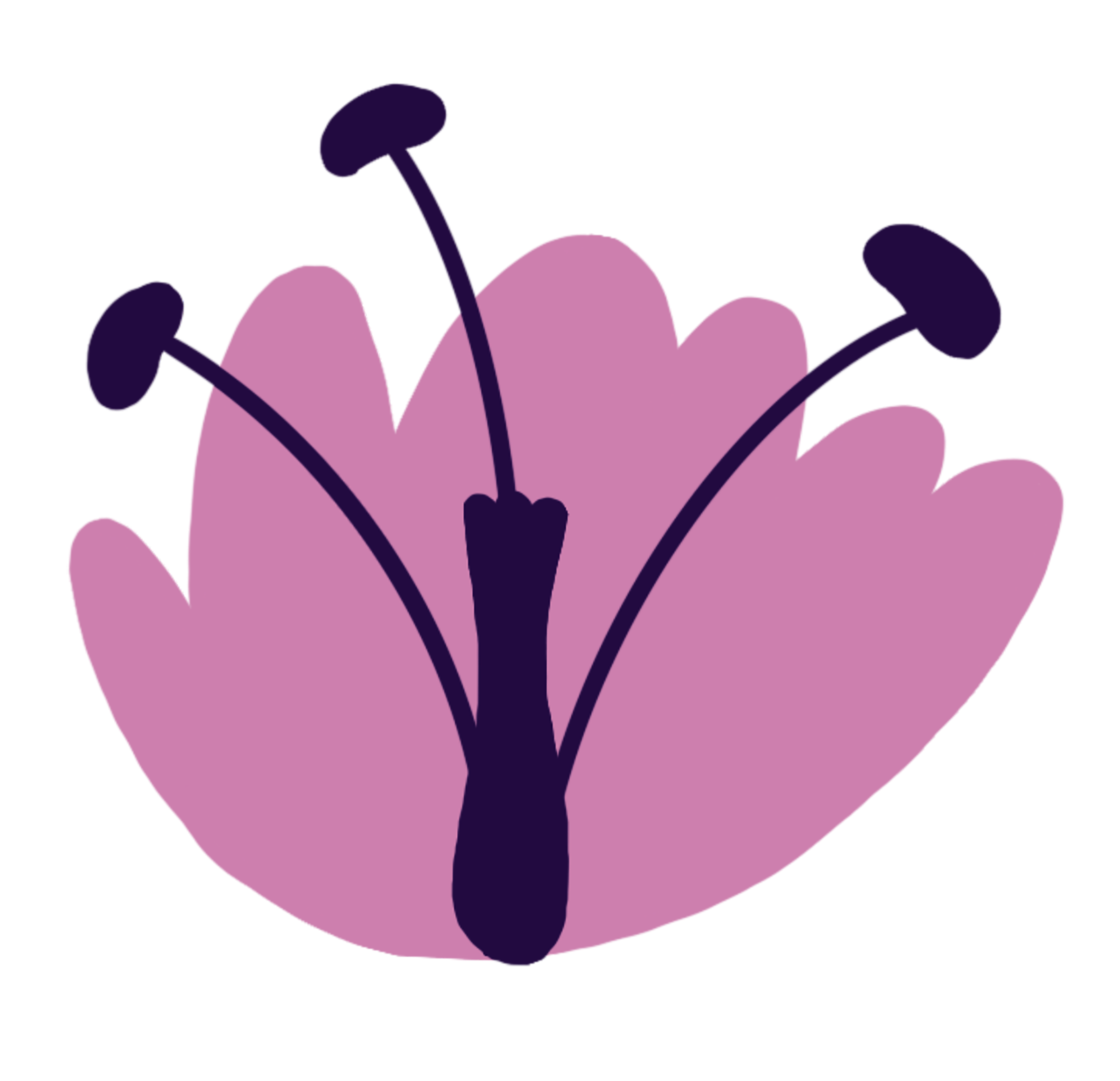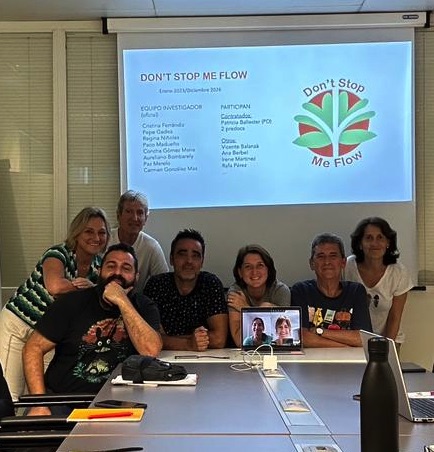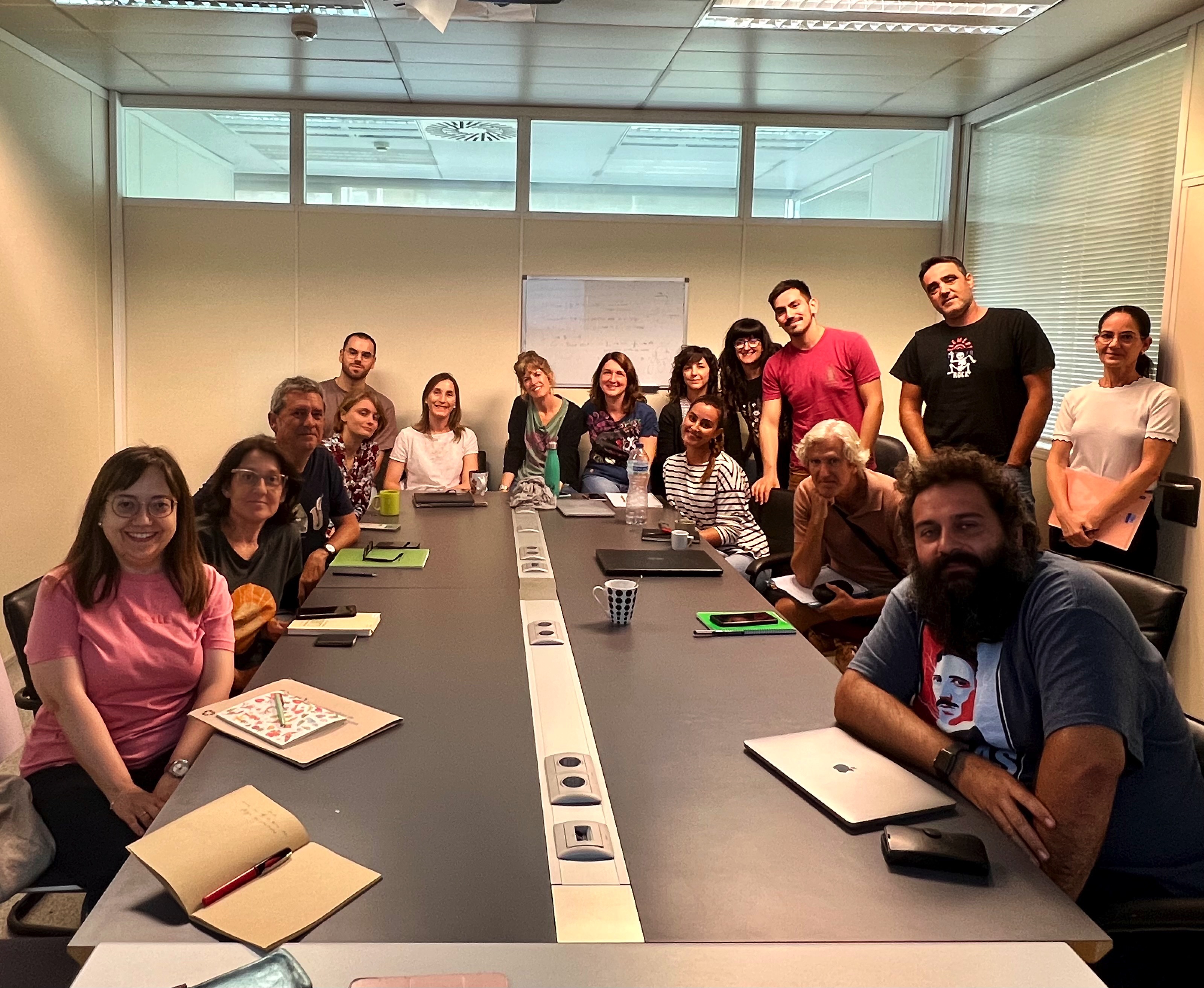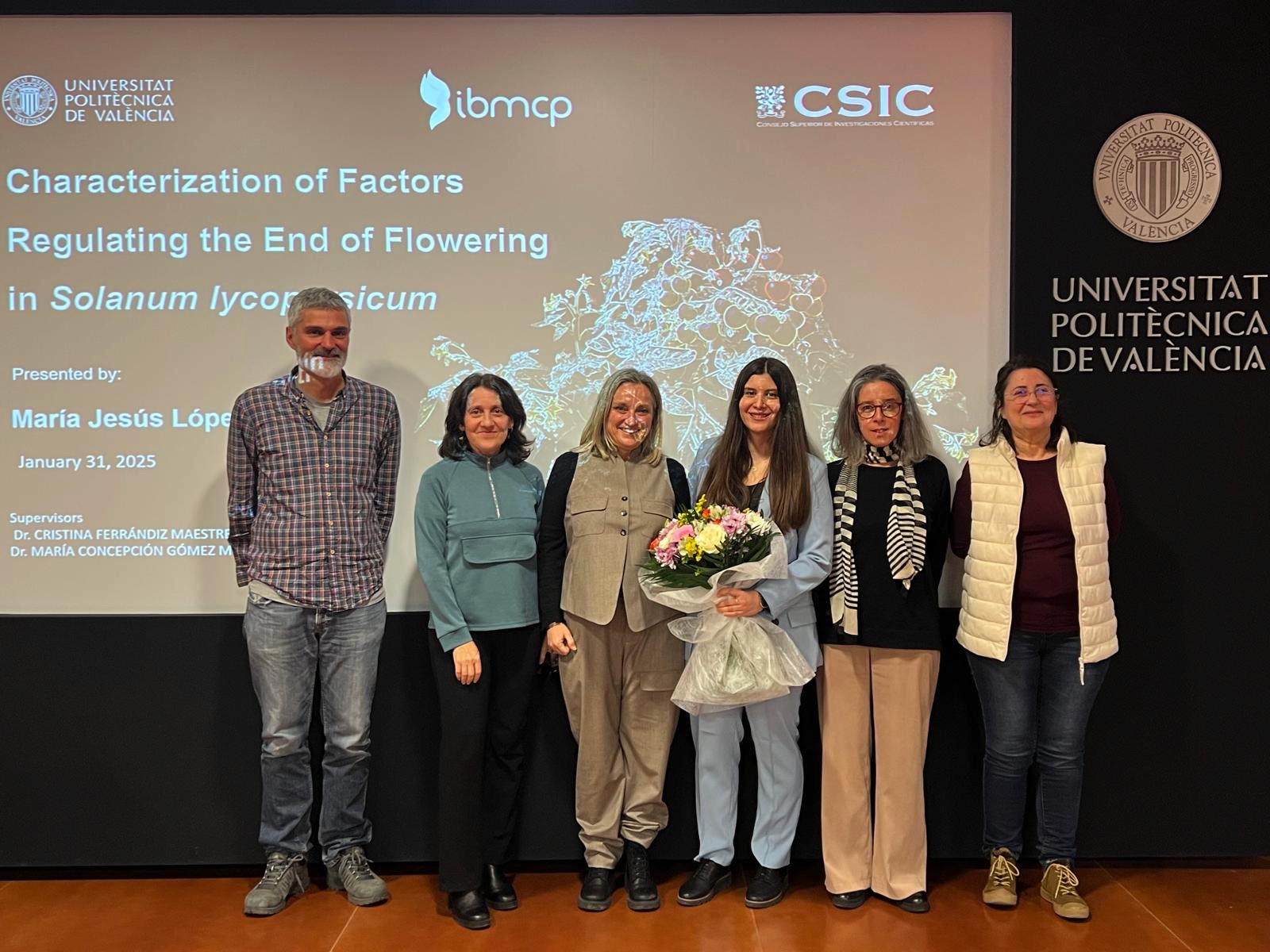

DontStopMeFlow: The control of the length of the flowering phase and crop yield by environmental and endogenous cues
A large proportion of crops with economic importance belong to the group of monocarpic plants, those that have a single reproductive cycle in their life. This means that after a phase of vegetative development they produce flowers and fruits and subsequently enter a phase of senescence and die. In monocarpic plants, after the production of a certain number of fruits, the activity of the inflorescent meristems stops in a coordinated manner, leading to the cessation of flower production. This phenomenon is called Global Proliferative Arrest (GPA).
GPA depends strongly on fruit/seed production. There is also a genetic control of GPA, dependent on age and other endogenous factors, on which our team has published pioneering studies. Furthermore, during the execution of the Prometeo NonStopCrop project we addressed the conservation of these mechanisms in other species (pea and tomato), with results that indicate that the process is general and is regulated by common mechanisms. We have also made important progress towards the possible identification of the nature of the signal produced in fertile fruits (hormonal components and mobile proteins) and its origin (the seed and not other fruit tissues).
Numerous observations indicate that plant growth conditions have a clear effect on the duration of the reproductive phase. Since the onset of flowering is strictly regulated by the environment, and many of the genetic factors that control GPA also participate in the regulation of the floral transition, it is very likely that meristem arrest and the end of flowering can be flexibly modified according to environmental conditions, although how this environmental information is perceived and transduced to regulate GPA is completely unknown.
With DontStopMeFlow we want to address this last aspect. Our objective is to understand how the pathways that control GPA respond to and translate environmental information, in order to design biotechnological strategies that allow, for example, to extend the crop production period. To achieve this, we have set the following specific objectives:
1. Explore the effect of environmental conditions on the duration of flowering and fruit formation in monocarpic species
* What environmental factor or factors are most relevant in controlling meristem shutdown?
* What are the genetic factors involved in the perception and response to environmental conditions?
* Are environmental and seed signals independent or do they influence each other to control flowering duration? If they are coordinated, how are they integrated?
2. Determine the role of peptides exported by fruits in controlling the end of flowering
* What is the role of these peptides during the reproductive phase? How does it affect the control of meristem arrest? How general is this function?
* Could these peptides be part of the signal coming from the seeds? Is its movement from seeds to meristem necessary?
* Are there parallels between seed dormancy and the dormancy observed in inflorescent meristems in proliferative arrest? Are these peptides controlling both processes with similar mechanisms?
Cristina Ferrandiz is the PI of the project.
Other investigators and members of the team are Francisco Madueño, Concepción Gómez Mena, José Gadea, Regina Niñoles, Vicente Balanzà, Paz Merelo, Aureliano Bombarely y M. Carmen González Mas.
Patricia Ballester is a postdoc hired full-time for this project.
Arina and Max are hired by the project to do their Ph.D.
The project is managed by CSIC at IBMCP.
Generalitat Valenciana. Conselleria de Innovación, Universidades, Ciencia y Sociedad Digital
CIPROM/2022/1

Eduardo Burillo, Raul Ortega, Jackeline Vander Schoor, Irene Martínez-Fernández, James L Weller, Aureliano Bombarely , Vicente Balanzà, Cristina Ferrándiz (2024) Seed production determines the entrance to dormancy of the inflorescence meristem of Pisum sativum and the end of the flowering period Physiologia Plantarum 176 (4) :e14425.
Verónica Sánchez-Gerschon, Irene Martínez-Fernández, María González Bermúdez, Sergio de la Hoz-Rodríguez, Florenci González, Jorge Lozano-Juste, Cristina Ferrándiz, Vicente Balanzà (2024) Transcription factors HB21/40/53 trigger inflorescence arrest through abscisic acid accumulation at the end of flowering Plant Physiology kiae234 (advanced).

CIENCIA CIUDADANA
We have set in motion an initiative to involve farmers or just people fond of gardens to help us in our research. To participate:
https://forms.gle/msVF2e8BVAK8ZUX96
We actively seek to disseminate our work to general audiences and to academic and agro/industrial end-users
X account: @dont_stop_flow





